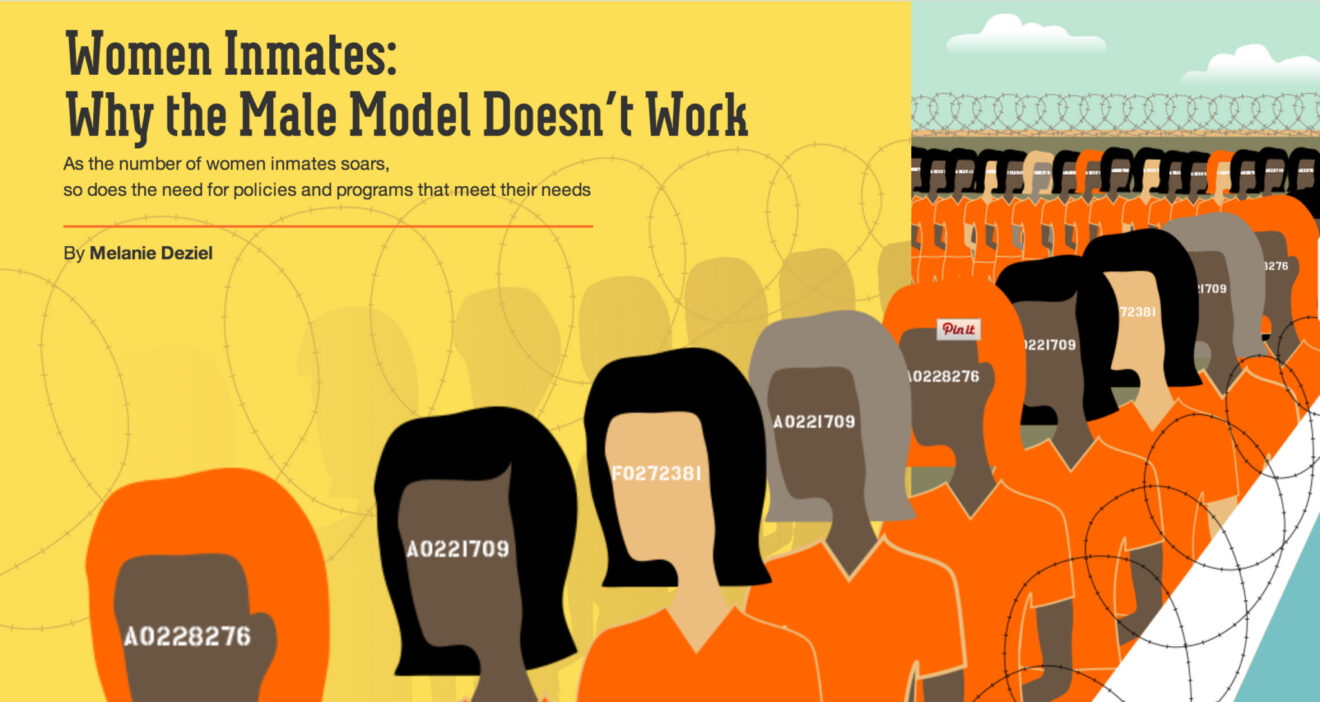The line between opinions and facts is increasingly blurred, as illustrated during the last two years of the pandemic. The notion of ‘facts’ is being challenged, but there is also strong demand for trustworthy information.
Perhaps paradoxically, some of this comes through Native Advertising, a form of unobtrusive advertising that satisfies readers with informative and inspiring content, while crucially reflecting the brand values of the advertiser. As Mark Challinor of the International News Media Association observes (content accessible by INMA members only): “Nobody reads advertising. People read what interests them, and sometimes it’s an ad.”
So how can organisations cut through the noise of news, fake news, and opinion, with content that is engaging and relevant? One powerful way is with Native Advertising.
When is an Ad an Ad?
Native Advertising looks to seamlessly integrate the advertiser’s story in a context that is compelling to read and look at. It’s a hybrid of marketing and journalism, and is one of the major advertising trends of 2022. If you’re not yet up to speed, you will definitely be seeing more of it. Online and in print, Native is rapidly picking up advertising spend, because people read what interests them.

An award-winning example is a 2014 New York Times article on the reform of Women’s Prisons in the USA, which was also a piece trailing the Netflix series, Orange is the New Black. A great example of the principle of ‘blending in’ advertising content with news and opinion.
Let’s look at some more recent examples of the Native form:
Stuff we didn’t know we didn’t know

Did you even know you would be interested in learning about wireless-enabled security for US military bases? It may not be the first topic you’d turn to over your morning coffee, but a Verizon-sponsored interactive dossier with the Washington Post combines a highly explorable environment, enriched with 360° images and multimedia hotspots. The engagement with the subject is immersive, allowing the reader/viewer to quickly experience the security content of the story. In doing so, Verizon’s resilient 5G network is also effectively introduced.

The De Tijd and L’Echo I Am My Car Native supplement attract readers in love with their vehicles, but who are disappointed with a Motor Show cancellation. Instead they are treated to a fascinating piece in which five personalities talk about their road trip through life, and the car of their dreams. The news is that, actually, there is no news, and yet here is content which exactly captures the attention of the target demographic – always the intention of Native advertising.
Also on the subject of cars and technology, a piece in the New York Times for the Spanish multinational Ferrovial explains ideas around ‘the highways of the future’ in an informative, well-researched article. Bringing together several intersecting topics, from AI through automation in transport, Motoring Towards Sustainability captures the attention with great graphics and a well-argued case. This example of Native advertising is also notable in citing credible sources, including the WHO, the International Energy Agency, and even the CIA. The animations are clear and entertaining, and there’s also the sense of deep-dive research.

Another good example of the genre comes from the Financial Times, which labels Native advertising as ‘Partner Content’ in a piece for HSBC Global Private Banking about The Borderless Multipreneur. While visually striking and easy to navigate (especially important for the mobile experience), the information density is high, and still it is organised to provide an easy ‘bite-sized’ read.
…And stuff we do know
When trust and quality of information are often low, telling valid stories is the way forward for both sponsors and consumers. Native advertising engages people through good research and writing, with strong graphic elements, and blends reading, viewing, and active participation. As such it offers a highly effective use of advertising budgets to accurately reach target audiences.
Which brings us to the reveal of this particular piece of Native advertising: We help our clients tell their story in an inspiring way, to inform and engage the readership of De Tijd and L’Echo.
And that’s a fact.
(Blog post published on LinkedIn)
